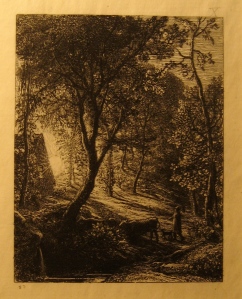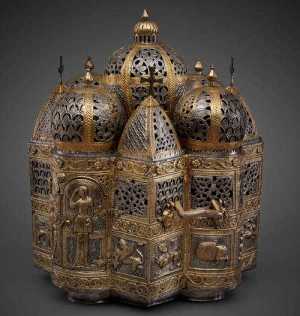It’s not hard to imagine the quirky little independent film — almost too full of character roles, perhaps racking up a critical prize or two on its journey to modest box office success — that could be developed out of the West End Extra‘s headline this morning: ‘CONSERVATION GROUP FACING CHURCH BOOT’.
Soho residents awoke today to the shocking revelation that the Revd David Gilmore, rector of our local parish church, is apparently ejecting the Soho Society — the local residents’ group which, since its foundation in 1972, has worked tirelessly to protect this historic, pungently characterful London quartier — from the small room in the church tower which it has occupied for the past three decades. According to Fr Gilmore,
‘The Soho Society’s license has ended and they must be treated like all other tenants, and in line with all other leases. Unfortunately, their historic connection with the church and the community, while valuable, does not remove them from this process.’
Fr Gilmore’s wish, he has stated, is to ‘maximise full market value’ for the tower room.
Unless I’m missing something, the room measures 4.8m by 3.2m — it’s located directly above another room already available for hire, hence the otherwise eerie specificity of that description — and is reached by climbing a very steep and narrow flight of stairs with no disabled access whatsoever. I’m not even sure it has any windows. Furthermore Soho, like much of the UK at present, isn’t exactly short of commercial premises languishing in the long wait for paying occupants.
In short, it is hard to avoid the conclusion that what we are seeing here is a conflict far more simple and visceral, and at the same time more completely unnecessary, than the reported facts of the story suggest. Think of it as Barchester Towers meets Night and the City, with extra added heritage campaigners, Groucho Club hangers-on and multivalent sexualities galore, a modern jazz score and a walk-on part for the ghost of Paul Raymond. Yes, I’m sure your agent will be in touch any day now. Continue reading










